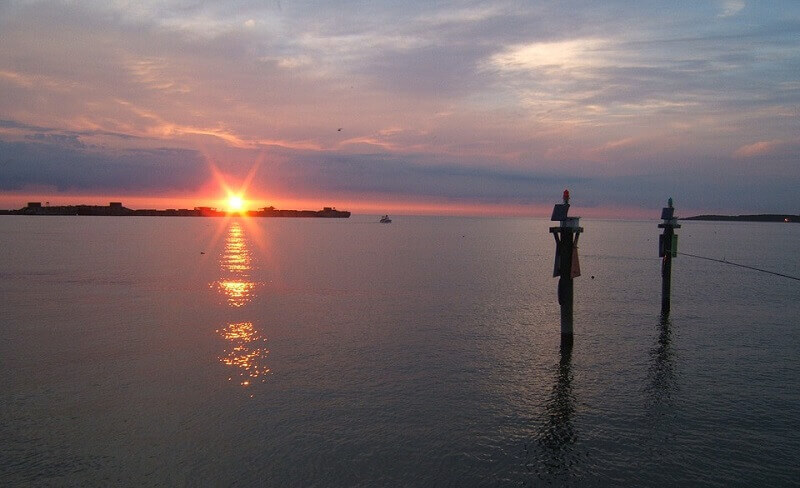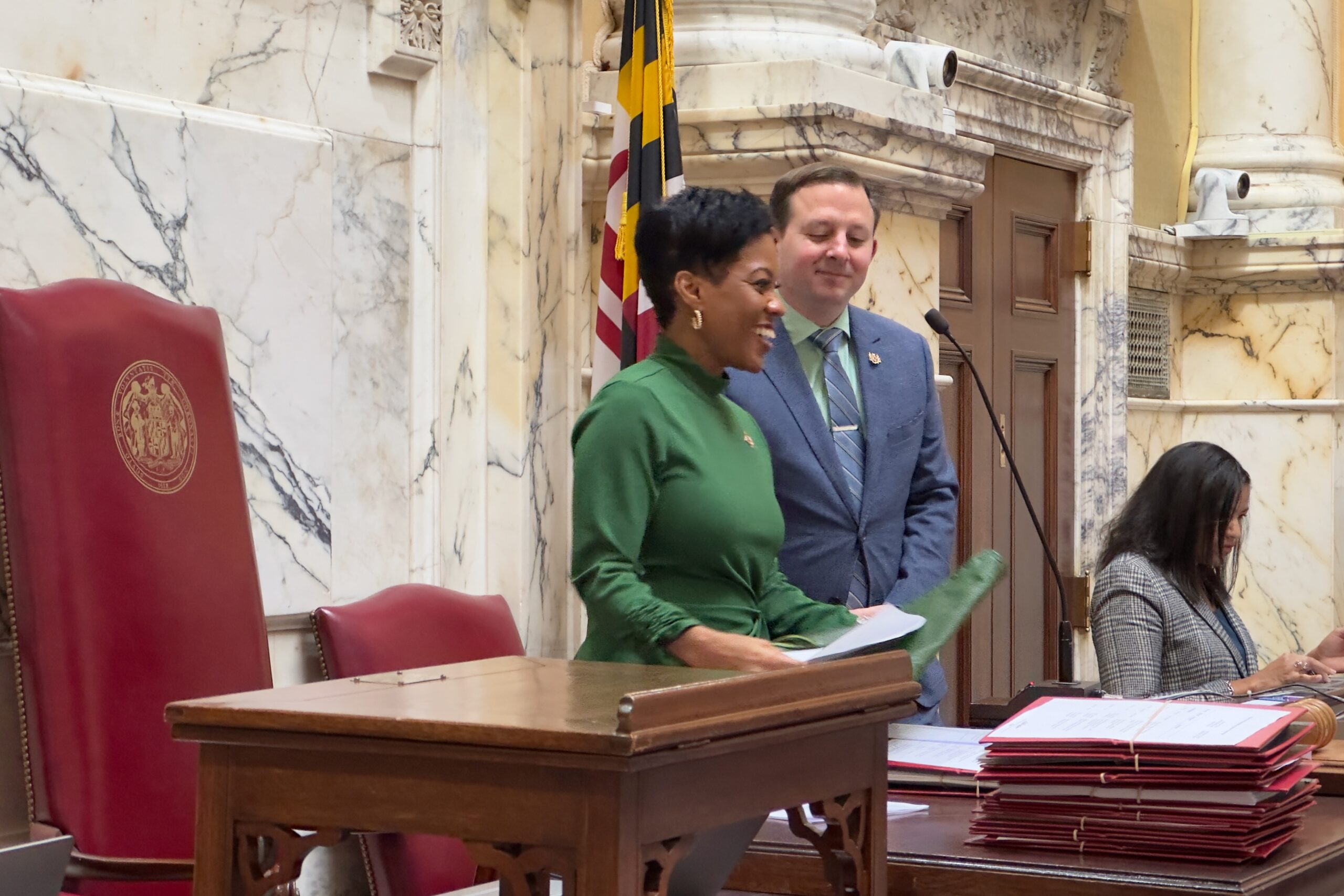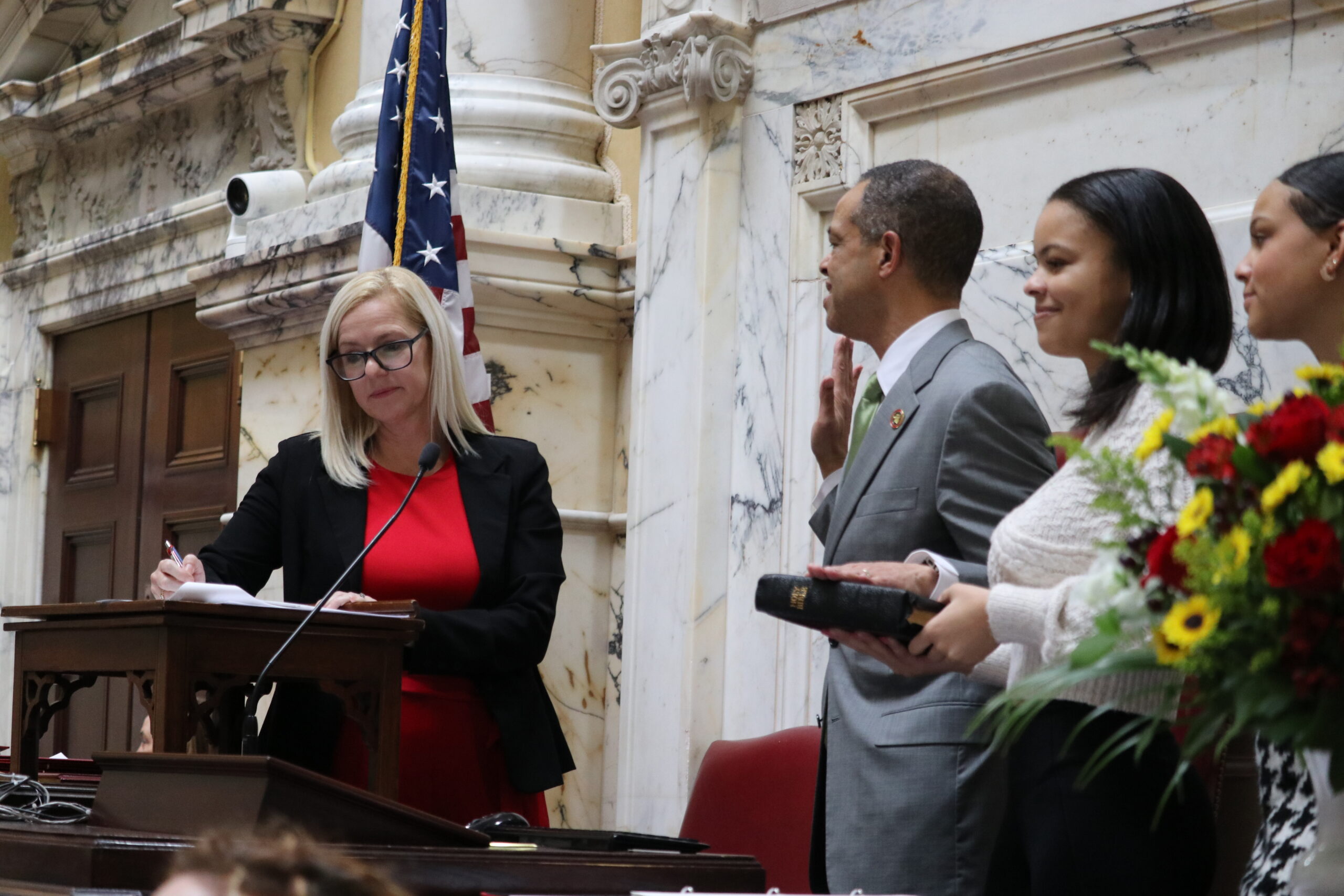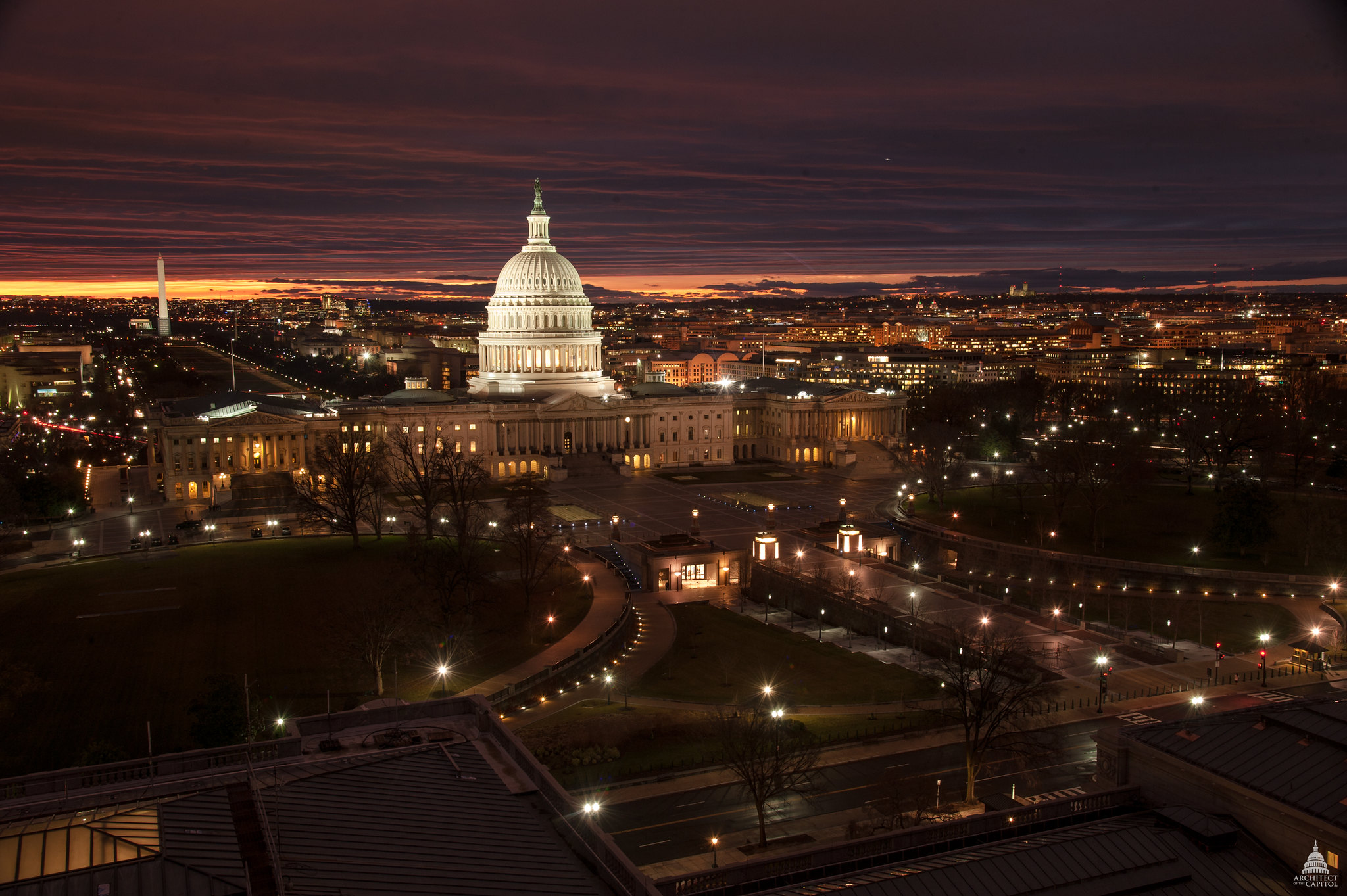Opinion: Trappe Mega-Development: Next Front in the Battle Against Climate Change

By Len Foxwell
The writer is the founder and principal of Tred Avon Strategies, an Annapolis-based consulting firm. He lives in Easton.
Somewhere along the line, a summer that once held such promise of exuberance and normalcy turned, instead, into an outtake of the Book of Revelation.
The American West became a charred tinderbox, as 77 active wildfires — and counting — have devoured more than 3 million acres of land. Much of the East Coast, meanwhile, was devastated by a Category 4 hurricane that killed 82 people, leveled countless businesses and homes, and even left New York City’s iconic subway system submerged under raging flood waters.
This, of course, as the rest of the world merely wilted under temperatures that looked at first glance like typos — from 121 degrees in western Canada to land temperatures of 118 degrees in a Siberian town north of the Arctic Circle. In what could only be seen as scientific confirmation of the suspected, NOAA recently declared July 2021 to be the hottest month in the history of planet Earth.
The summer that we had been dreaming of for months became the one we have been warned about for years. Climate change is here, and it is only getting worse. In the absence of dramatic changes to government policies and human practices, its effects upon every single aspect of the human experience will be significant, if not catastrophic.
Which brings us to the tiny agricultural town of Trappe, Md., located off U.S. Route 50 in Talbot County, between Easton and Cambridge. An occasional stop for travelers heading to or from Ocean City. And, if land developers have their way with our state and local governments, the future site of “Lakeside” — easily the biggest and arguably the most reckless sprawl development ever built on the mid-Eastern Shore.
The numbers are staggering in context — 2,500 homes on 800 acres of annexed and deforested land right off Route 50. The development would sit immediately adjacent to the headwaters of the Miles Creek — an ecologically sensitive tributary of the Choptank River, known as a vital spawning ground of rockfish, herring and other local fish populations. By comparison, the famed (infamous) Four Seasons project on Kent Island — that massive and much-litigated mélange of impervious surfaces and stormwater runoff within the Chesapeake Bay Critical Area — consists of less than 1,100 new housing units.
To accommodate the first phase of “MegaTrappe,” as it was recently dubbed, the developers would have to hook into an aging, failing wastewater treatment plant that is incapable of servicing Trappe’s existing population. To achieve full buildout, a new wastewater treatment facility will be expected to spray 540,000 gallons of treated sewage every day upon nearby fields. All of this, in a rural, sparsely populated community that has one elementary school, one traffic signal and no public transportation, and that is situated off a highway that is already prone to peak-period traffic gridlock.
We know better than this.
We know, because we have now seen, what climate change has done to our planet, our health, our economy and our daily quality of life. And we know that the single biggest catalyst of climate is overdevelopment and the fossil fuel consumption and carbon emissions that invariably result from cars and trucks.
We know that the Chesapeake Bay and its tributaries are the literal centerpiece of Maryland’s economy, culture and history, and we know that soil erosion and stormwater runoff pose an existential threat to the Bay’s survival.
Finally, we know that sprawl begets sprawl and that the taxpayers are ultimately left writing the big checks. The proud new residents of MegaTrappe will expect, if not insist upon, a full complement of retail options, public services and other amenities of modern life. The quaint little bistro downtown will not suffice for growing young families who appreciate the convenience of chain restaurants, chain pharmacies, discount retailers and carryout convenience stores (helloooo, RoFo!).
Who will pay for the costs of all of this new residential and commercial development? Who will pay for the expansion of the small rural school that has immediately become severely overcrowded? Who will pay for the new traffic signalization, maintenance and upgrades to U.S. 50 that will be necessary to accommodate growth of this magnitude? Finally, who will foot the bill for more police and emergency services in a town that literally hired its first police officer less than a decade ago? Here’s a hint — it won’t be the developer.
MegaTrappe is an awful idea that, at a time when the Earth is literally and figuratively on fire, is coming at the worst possible time. Fortunately, our state and local governments still have time to do the right thing by our planet, and for the Bay, by standing up to the threat of climate change. By denying the issuance of the permits that are necessary for MegaTrappe to succeed, the State of Maryland, and Talbot County, can send the distinct message that they are ready to lead by example and that the future of our planet, our Bay and our children are not for sale.




 Creative Commons Attribution
Creative Commons Attribution